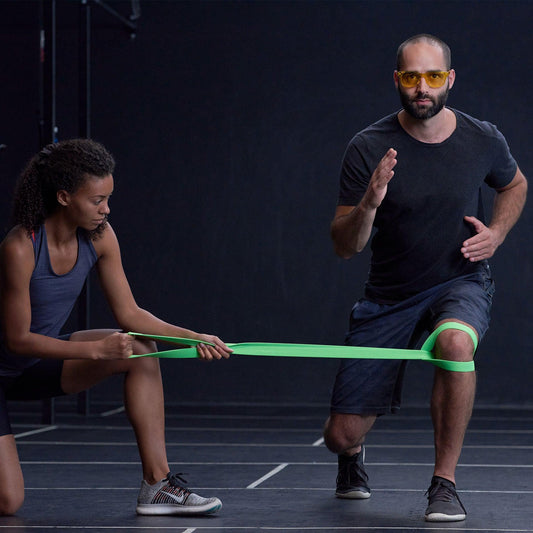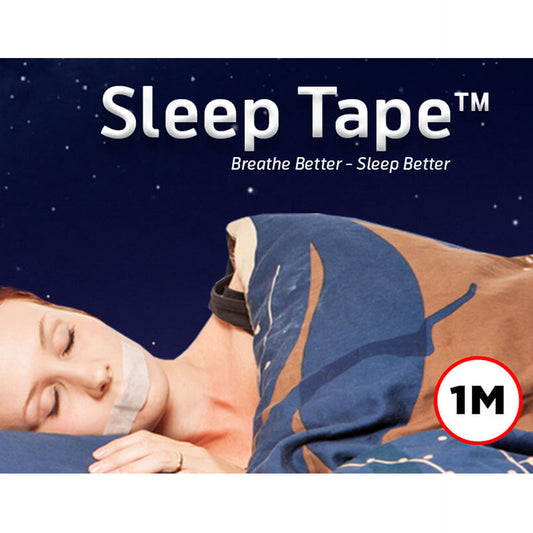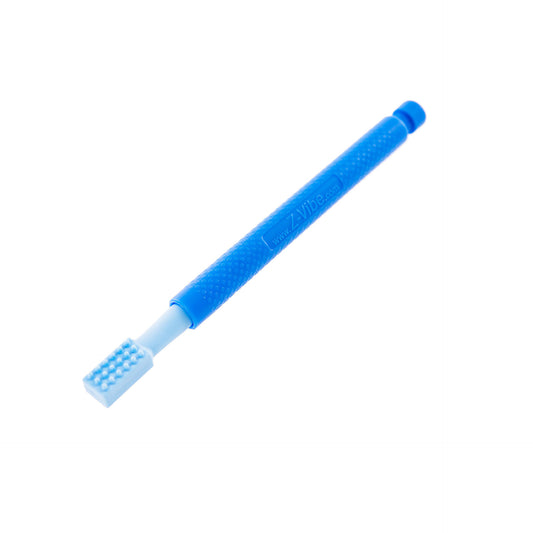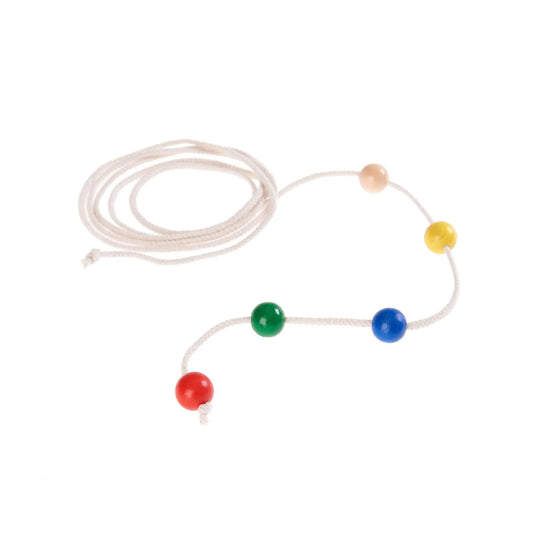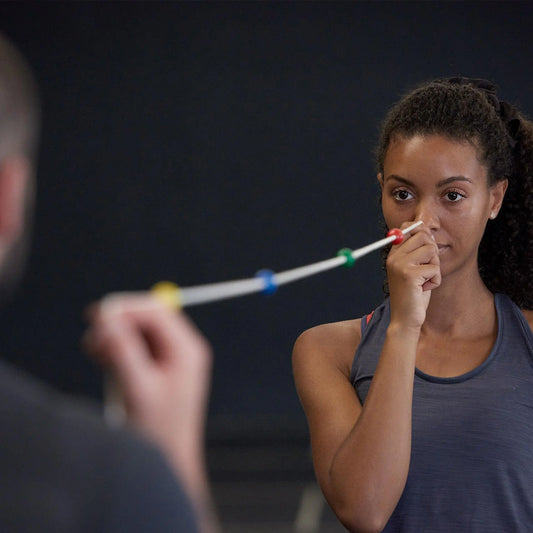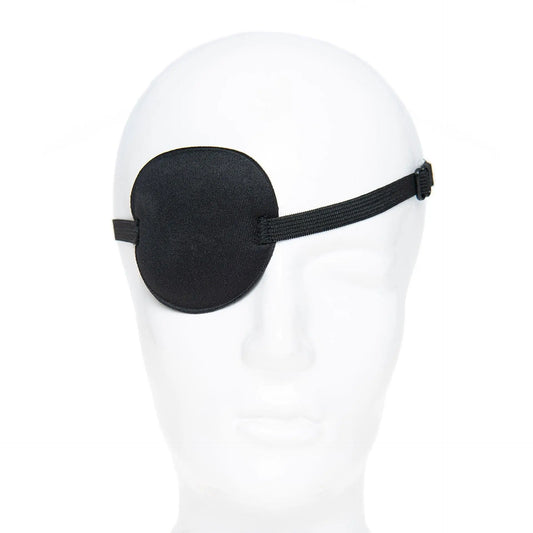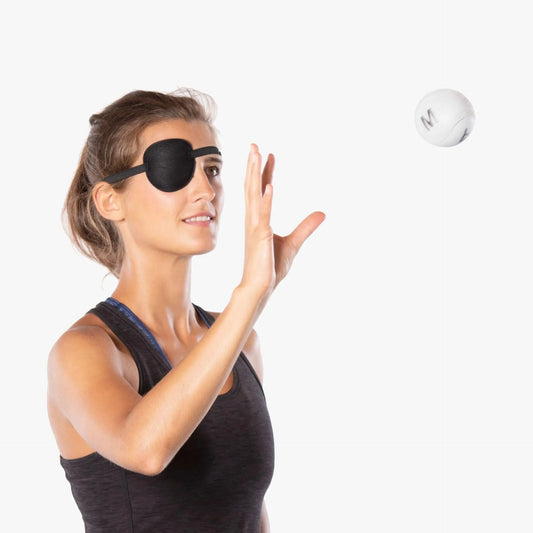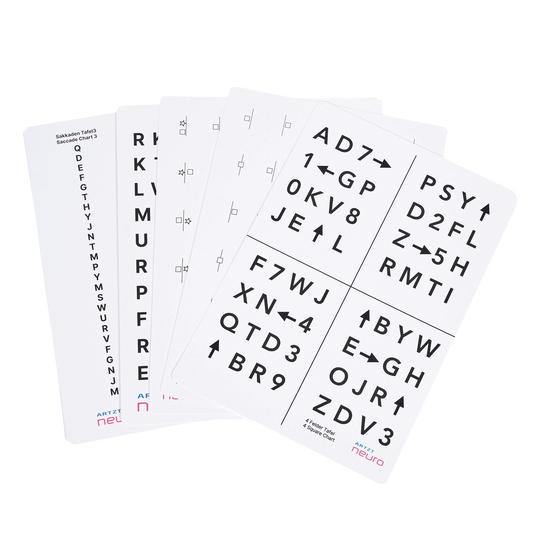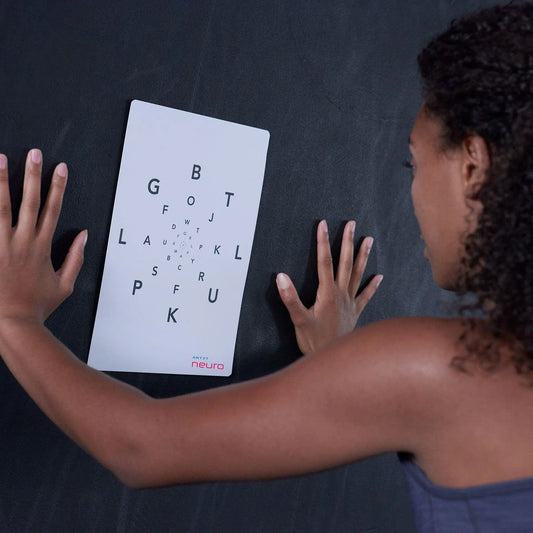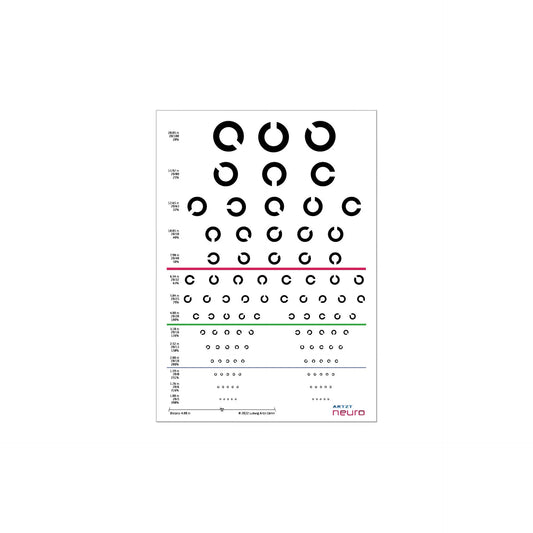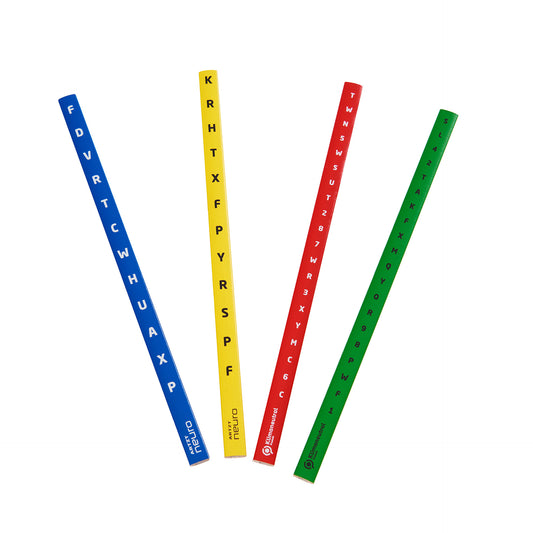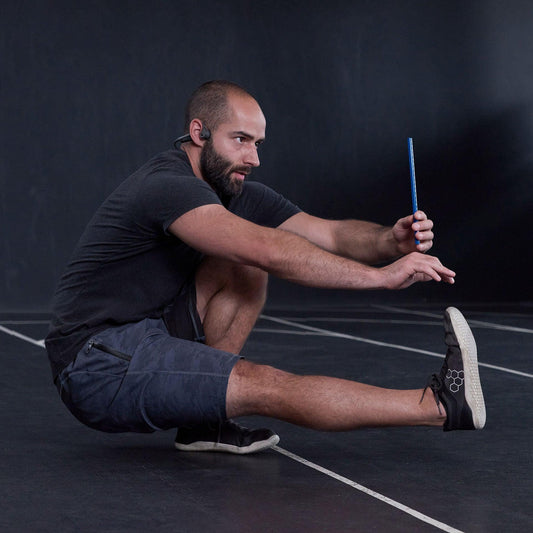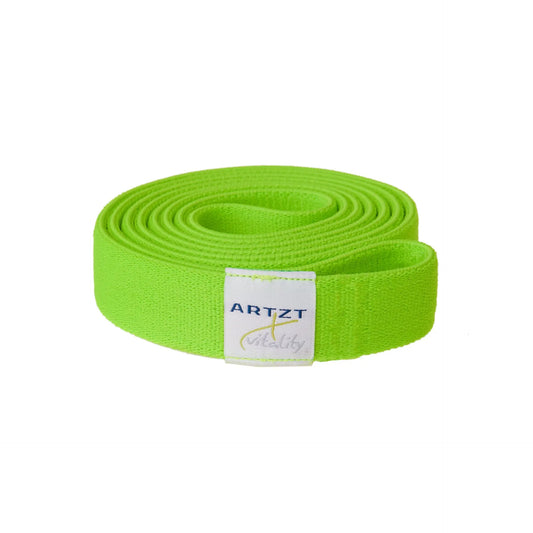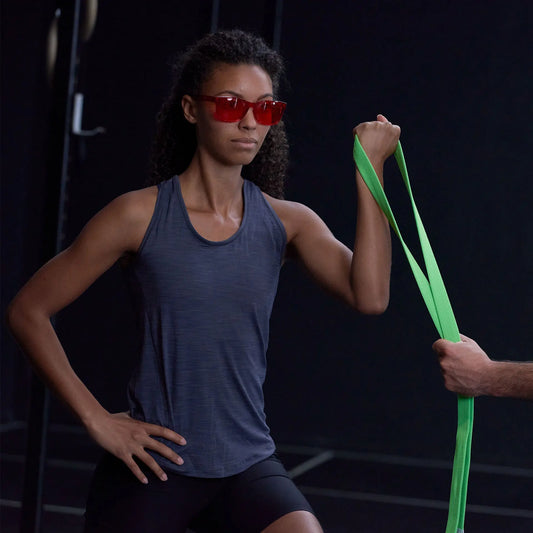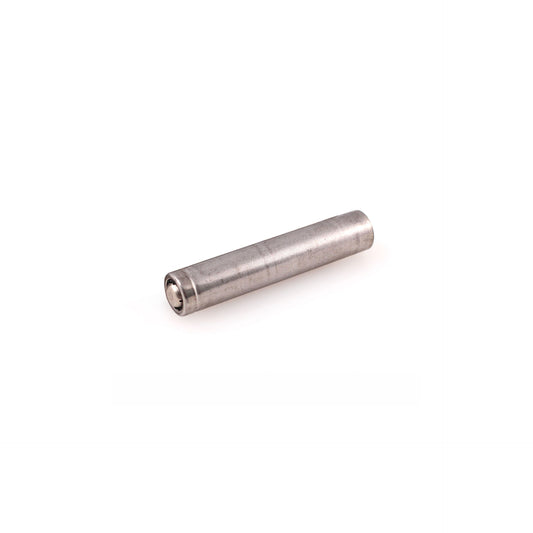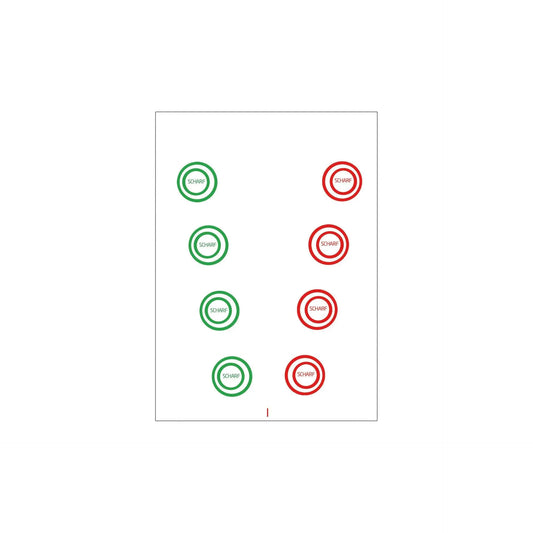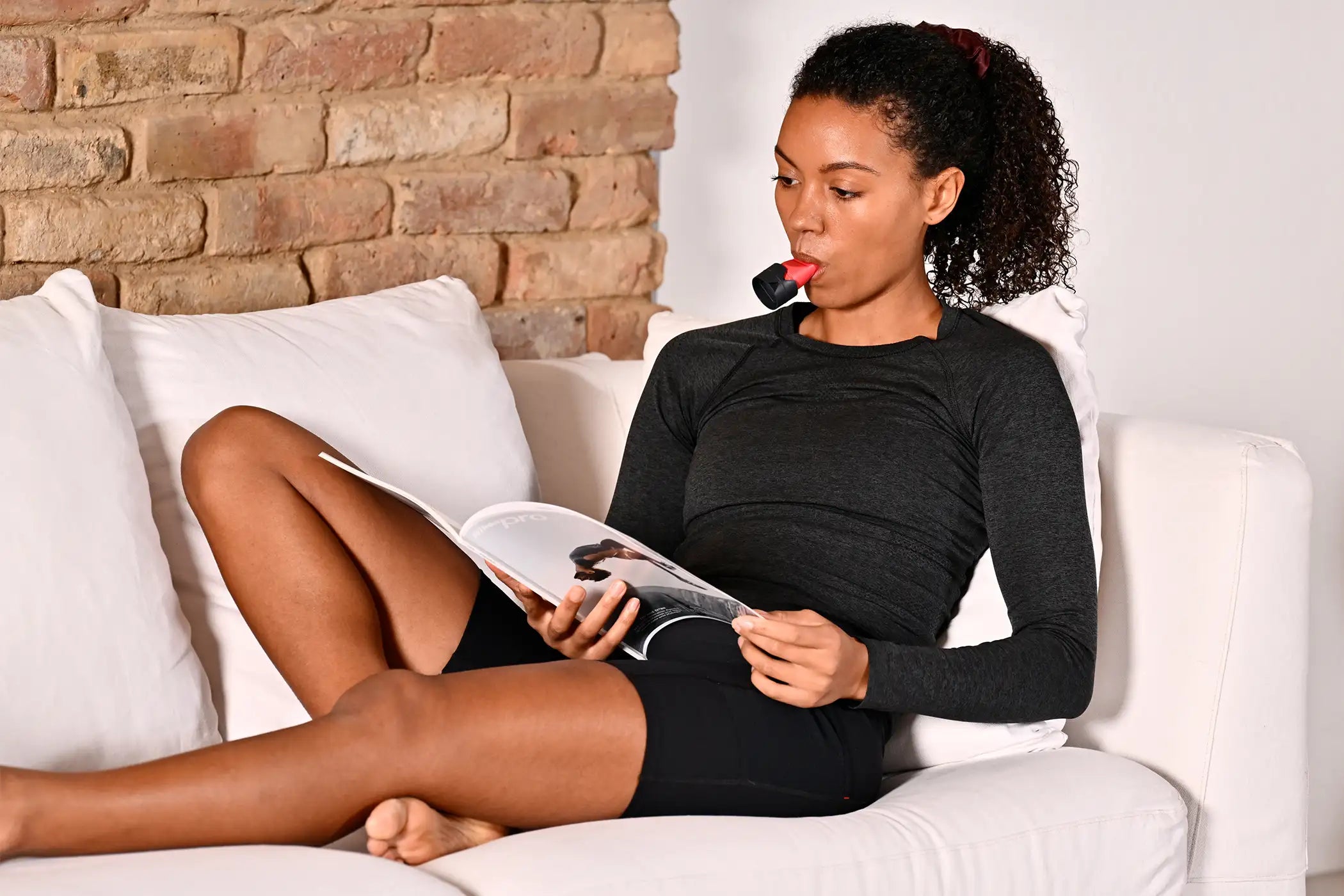
-
Farbbrille
Anbieter:ARTZT neuroNormaler Preis 21,95 €Normaler PreisStückpreis / pro -
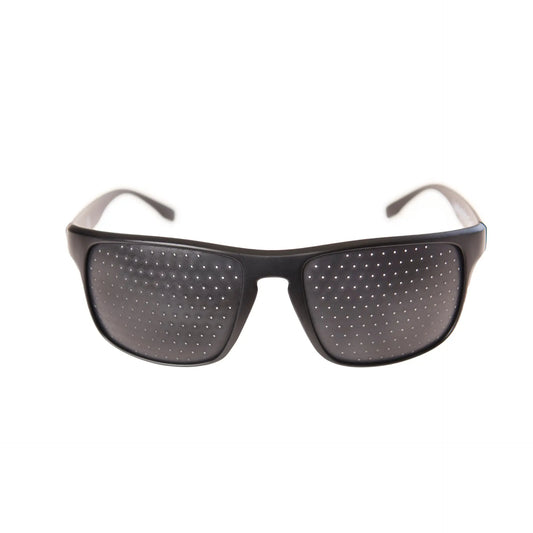
 Ausverkauft
AusverkauftRasterbrille
Anbieter:ARTZT neuroNormaler Preis 14,95 €Normaler PreisStückpreis / pro -
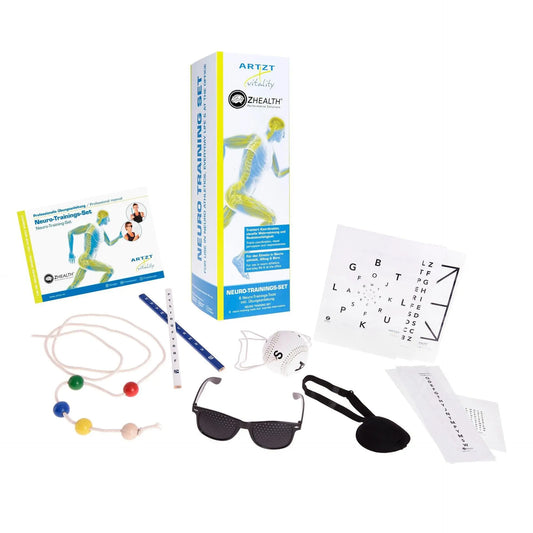
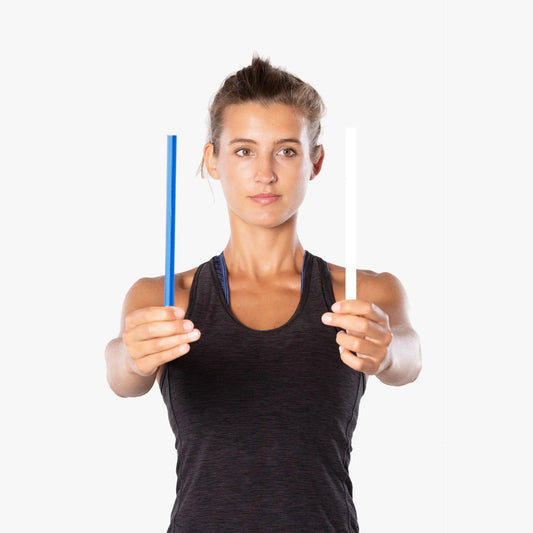 Ausverkauft
AusverkauftStarter Set Neuroathletik
Anbieter:ARTZT neuroNormaler Preis 52,95 €Normaler PreisStückpreis / pro -
Sleep Tape
Anbieter:Medveten AndningNormaler Preis 8,50 €Normaler PreisStückpreis / pro -
Z-Vibe Vibrationsstift
Anbieter:ARK TherapeuticNormaler Preis 49,95 €Normaler PreisStückpreis / pro -
Farbbrillen Set
Anbieter:ARTZT neuroNormaler Preis 52,95 €Normaler PreisStückpreis / pro -
Brock String
Anbieter:ARTZT neuroNormaler Preis 8,95 €Normaler PreisStückpreis / pro -
Augenklappe
Anbieter:ARTZT neuroNormaler Preis 3,95 €Normaler PreisStückpreis / pro -
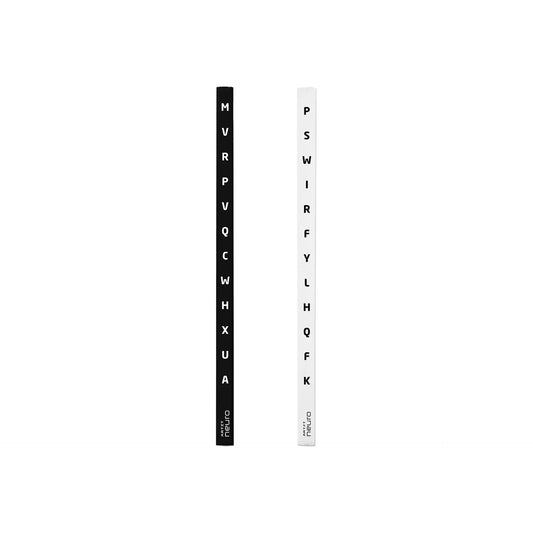
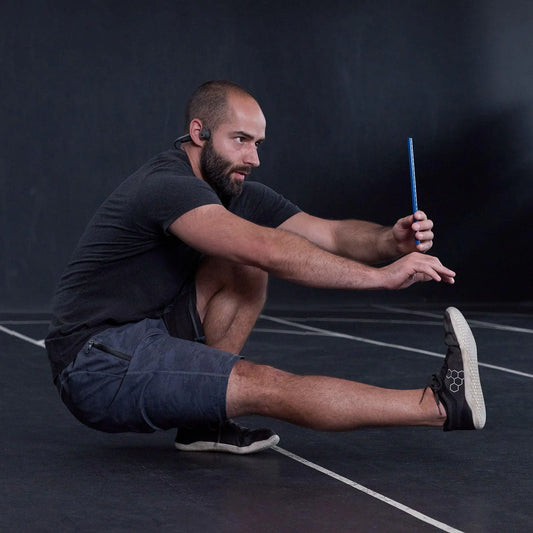 Ausverkauft
AusverkauftVision Stick 2er Set
Anbieter:ARTZT neuroNormaler Preis 8,95 €Normaler PreisStückpreis / pro -
Sehtafel Set
Anbieter:ARTZT neuroNormaler Preis 20,95 €Normaler PreisStückpreis / pro -
Sehtafel 4 m
Anbieter:ARTZT neuroNormaler Preis 3,95 €Normaler PreisStückpreis / pro -
Vision Stick 4er Set
Anbieter:ARTZT neuroNormaler Preis 19,95 €Normaler PreisStückpreis / pro -
Atemgürtel
Anbieter:ARTZT neuroNormaler Preis 29,95 €Normaler PreisStückpreis / pro -
Super Band
Anbieter:ARTZT vitalityNormaler Preis 22,95 €Normaler PreisStückpreis / pro -
Z-Vibe Batterie
Anbieter:ARK TherapeuticNormaler Preis 4,95 €Normaler PreisStückpreis / pro -
Fusionskarten Vergenz Ringe rot-grün
Anbieter:ARTZT neuroNormaler Preis 5,95 €Normaler PreisStückpreis / pro
ARTZT neuro - Weil Bewegung im Kopf entsteht
Neuroathletik bringt Körper und Kopf ins perfekte Zusammenspiel, um maximale Performance, allgemeine Leistungsfähigkeit und sogar die Bewältigung von Schmerzen zu verbessern.
Neuroathletik ist mittlerweile fester Bestandteil in Fußball, Athletiktraining und Therapie. Der Trainingsansatz über das richtige Zusammenspiel von Kopf und Körper gehört zu den wichtigsten und faszinierendsten Fitness- und Therapietrends der letzten Jahre. ARTZT neuro versorgt dich mit den richtigen Tools, die du dafür brauchst.

-

Atemtraining - Tipps und Übungen für mehr Gesun...
Tipps und Übungen für tägliches Atemtraining.
Atemtraining - Tipps und Übungen für mehr Gesun...
Tipps und Übungen für tägliches Atemtraining.
-

6 Neuroathletik Übungen bei Rückenschmerzen
Neurotrainer Kevin Grafen zeigt dir 6 einfache Neuroathletik Übungen bei Rückenschmerzen.
6 Neuroathletik Übungen bei Rückenschmerzen
Neurotrainer Kevin Grafen zeigt dir 6 einfache Neuroathletik Übungen bei Rückenschmerzen.
-
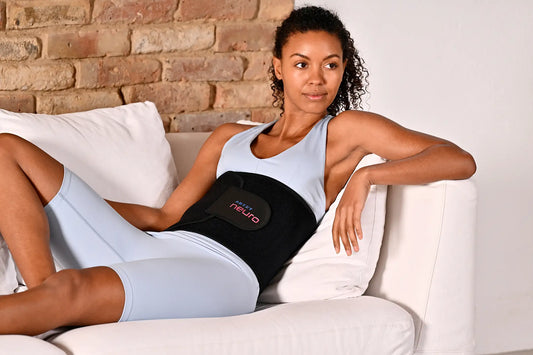
3 Vagusnerv Übungen für mehr Entspannung
Aktiviere deinen "Selbstheilungsnerv" ganz einfach selbst.
3 Vagusnerv Übungen für mehr Entspannung
Aktiviere deinen "Selbstheilungsnerv" ganz einfach selbst.
-

Gela Allmann, Extrem-Ausdauersportlerin, Autorin
"Ich fand es extrem spannend, welche direkten Auswirkungen gezieltes Neurotraining auf meinen Körper hat. Damit kann ich langfristig schneller und sicherer in meinem Sport unterwegs sein."
-

Andi Wittmann, Bike-Profi
"Wir fahren mit wahnsinnigen Geschwindigkeiten und haben extreme Anforderungen an unser Blickfeld. Mit Neurotraining haben wir die Möglichkeit, genau das zu trainieren."
-

Dominik Suslik, Trainings- und Leistungsmanagement Hannover96
"Neurotraining ist in der täglichen Arbeit mit Sportlern der Schlüssel zur Individualisierung. Damit ist es für mich bei der Entscheidungsfindung in der Trainingspraxis unabdingbar."
BEKANNT AUS
DAS SAGEN UNSERE KUNDEN
-

ARTZT neuro ist Offizieller Ausstatter des Kompetzenzzentrums Fußballmedizin


